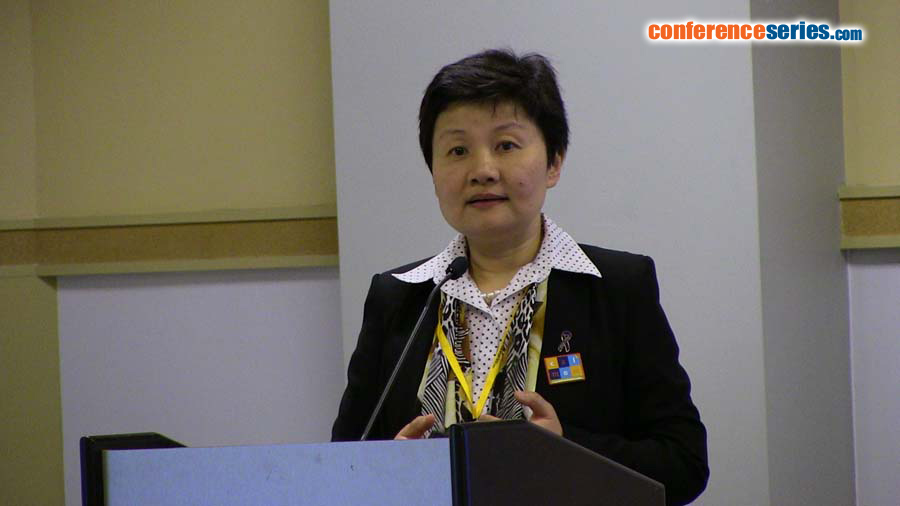
Amy H. Tang
Eastern Virginia Medical School, Norfolk, USA
Title: Conquering K-RAS-Driven Human Pancreatic Cancer by Attacking its Achilles' Heel, SIAH Proteolysis – A Major K-RAS Vulnerability and K-RAS Downstream Signaling “Gatekeeperâ€
Biography
Biography: Amy H. Tang
Abstract
Hyperactive K-RAS signaling is a major menace that drives aggressive cancer cell dissemination, tumor progression and systemic metastasis in human pancreatic cancer. Counteracting K-RAS hyperactivation in attempt to reverse malignant transformation and inhibit latent tumor spread is an important goal in pancreatic cancer biology. Instead of targeting an upstream signaling module such as EGFR/K-RAS/B-RAF/MEK/MAPK/ERK/AKT/mTOR, we targeted the most downstream signaling module in the K-RAS signaling pathway called the SIAH-dependent proteolytic machinery. SIAHs are the human homologs of Seven-In-Absentia (SINA), an evolutionarily conserved RING E3 ligase, an essential downstream signaling module and a critical "gatekeeper" required for proper K-RAS signal transduction. We found that inhibiting SIAH function is highly effective to abolish well-established and late-stage pancreatic tumor growth and metastasis in our pre-clinical studies. These findings demonstrate that SIAH is indeed an attractive, logical and potent anti-K-RAS therapeutic target for us to develop new and effective anticancer strategy against human pancreatic cancer. Through our work, SIAH has emerged as a new and effective drug target against oncogenic K-RAS hyperactivation in pancreatic cancer. As one of the most evolutionarily conserved signalimng components, SIAH is ideally and logically positioned to become a next-generation anti-K-RAS drug target in human pancreatic cancer. By attacking this most downstream “gatekeeper” critical for the proper oncogenic K-RAS signaling transmission, we will be in a position to halt the genesis, progression and metastasis of the deadliest forms of human pancreatic cancer in the future. We aim to translate anti-SIAH therapy to benefit our pancreatic cancer patients in the clinic


